Visiting the Flower Sea Immortal Valley, climbing the famous ancient sword mountain, staying at the Starry Sky Camp, and enjoying unique cuisine - Qijiang, Chongqing is a great place to play
It's graduation travel season again!
Have you already arranged a trip with your friends?
Let's go to Qijiang this summer!
Qijiang is an hour's drive from the main city of Chongqing. The green mountains are majestic, and the green waters are abundant; Flowers are in full bloom, and the garden is filled with fruits and melons. There are romantic starry sky campsites and quaint ancient sword famous mountains here; Here, you can find the original ecological art known as the "Oriental Picasso" in the international art world - Qijiang Farmers' Prints, and the only Qijiang Museum in China that features the display of Liao culture - Visiting the Flower Sea Immortal Valley, Climbing the Ancient Sword Mountain, Staying at the Starry Sky Camp, and Tasting Special Cuisine - Chongqing Qijiang is a great place to play!

On the 283 Provincial Road to Hengshan Huaxian Valley, one must pass through the famous "Nine Bends". It is said that Andy Lau once filmed "Lost Lonely" here. From an aerial perspective, it exudes a majestic aura. Following the winding mountain road, we are about to encounter a beautiful flower festival in Hengshan.

Hengshan Huaxian Valley is located in Hengshan Town, Qijiang District, which is known as the "natural oxygen bar" and "air-conditioned town". It is the core area of Hengshan Municipal Tourist Resort, with the theme of "small beautiful life amusement park" and the core value of "creating simple happiness".

The Flower Fairy Valley hidden among the mountains feels like a paradise on earth. The altitude here is 1000 meters, with an average annual temperature of 25 degrees. The lake ripples and the fragrance of flowers is pleasant to the eye.

European style autumn drying, hundred face pink and white, crystal church, multiple internet famous photo frames scattered in the flower sea, everywhere is a good place to take photos and check in.

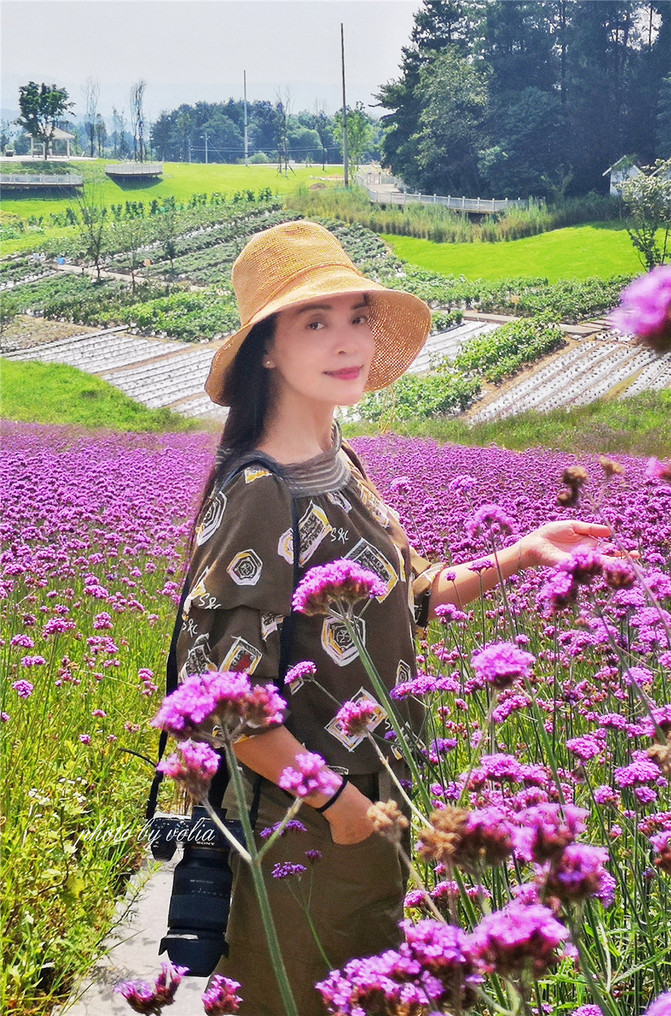
Huaxian Valley covers 6 major themed functional areas, 5 major scenic spots of the Red Flower Sea, more than 10 popular check-in points, and more than 20 interactive experience projects such as Romantic Flower Sea and Cute Pet Paradise. It is a composite leisure and vacation destination that integrates sightseeing, outings, parent-child experiences, leisure vacations, and study tours.


The beautiful and romantic horsewhip and blooming sunflowers are perfect for taking portraits. Literary and artistic signs, Rainbow Avenue, as well as small trains and helicopters Whether it's family travel or making plans with friends, you can find your own wonderful time here.

Strolling through an 800 acre romantic flower sea, feeling the "natural oxygen bar" bestowed by nature deep in the fragrance of flowers, taking photos at the popular check-in points on the lawn flower path, and having intimate contact with crops in the vegetable field. If lovers embrace each other, it is even more romantic.



Or sit quietly by the lake, watching the ripples and clouds passing by
——Hengshan Flower Fairy Valley is definitely a great place for tourism, family outings, and leisure vacations!



Chongqing is mountainous, and Qijiang has three famous mountains: Gujian Mountain, Laoying Mountain, and Shihao Mountain, among which the most famous is Gujian Mountain. Gujian Mountain is located in the northern part of Qijiang River, towering and majestic, with winding mountain roads that are no less spectacular than Fanjing Mountain in Guizhou.

Gujian Mountain is formed by the winding Dalou Mountain in Guizhou Province, about ten kilometers away from the urban area of Qijiang. The annual temperature is only 18.5 degrees Celsius, and it is very cool in summer.
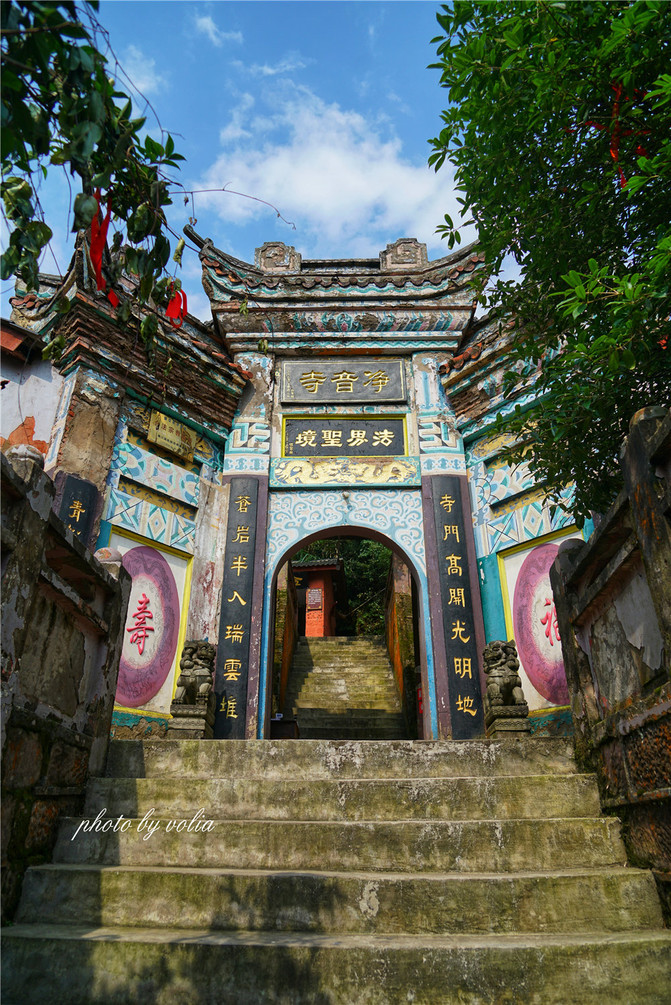
This is my first time climbing Gujian Mountain in Qijiang. Gujian Mountain is known as "Jigong Mountain" by the locals due to its shape and terrain resembling a rooster. It is one of the famous scenic spots in eastern Sichuan, known as the "Twelve Scenic Spots of Bayu". In fact, there are many attractions in Gujian Mountain, with over 40 different sizes. This time we only went to the most essence of Gujian Mountain - Jigong Mouth of Jigong Mountain.

It's easy to get to the highest peak of Gujian Mountain now. The scenic area has a sightseeing shuttle bus at "Guanzi Zi", which can reach the square at the top of the mountain in just a few minutes.

The area of Jingyin Temple is not large, but the incense is particularly strong. Due to the large number of pilgrims, the scenic area has expanded the temple. The expanded part is located at the bottom of the mountain, which not only diverts traffic but also facilitates pilgrims' pilgrimage and worship.

It is said that during the Ming Dynasty, when people were repairing temples, they excavated an ancient sword from underground, which is also the origin of the name Gujian Mountain. For thousands of years, through countless dynasties, temples have been destroyed and built, and the Jingyin Temple on the mountaintop only has a few quaint temples.
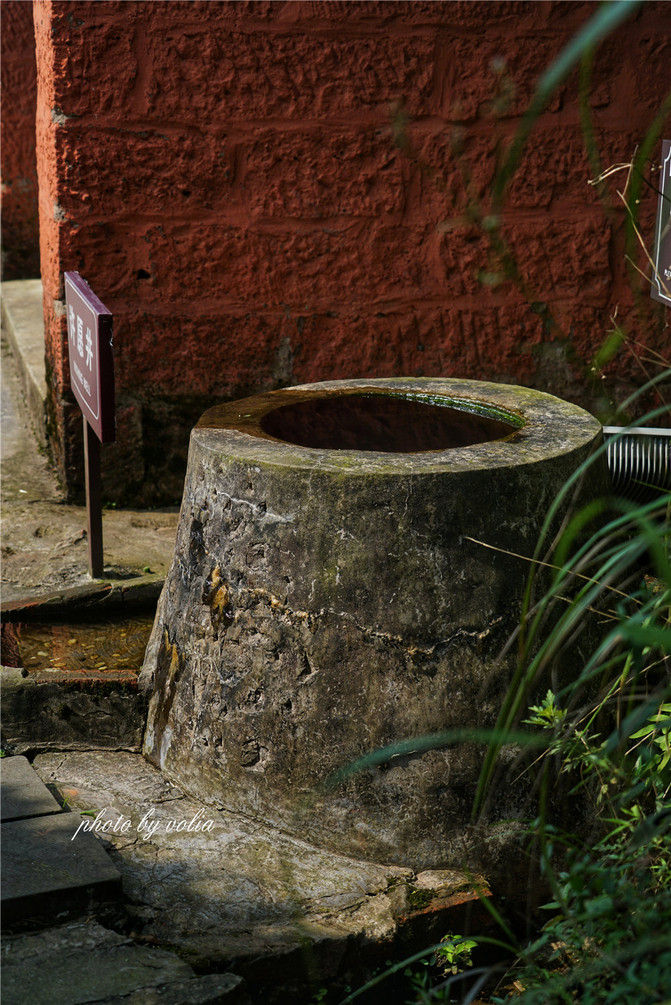

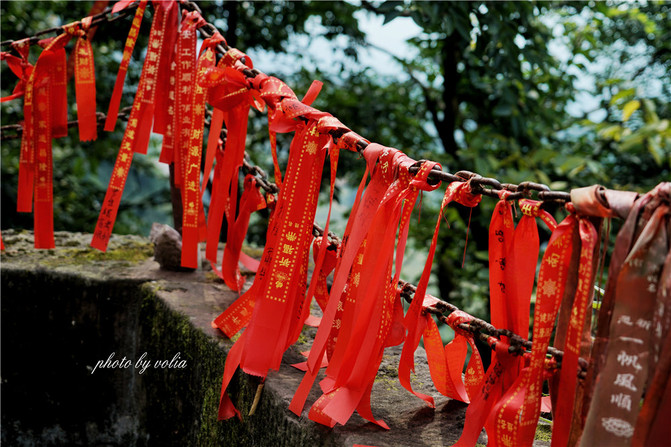

As early as the Yongzheng reign, Gujian Mountain had already become a famous Buddhist mountain revered by Buddhist disciples and laypeople. Especially at the top of the mountain, the Jingyin Temple is bustling with incense, with a continuous stream of devout men and women standing at the "Chicken Mouth". Looking around, the mountains are lush and clear, and the spirits are refreshed!
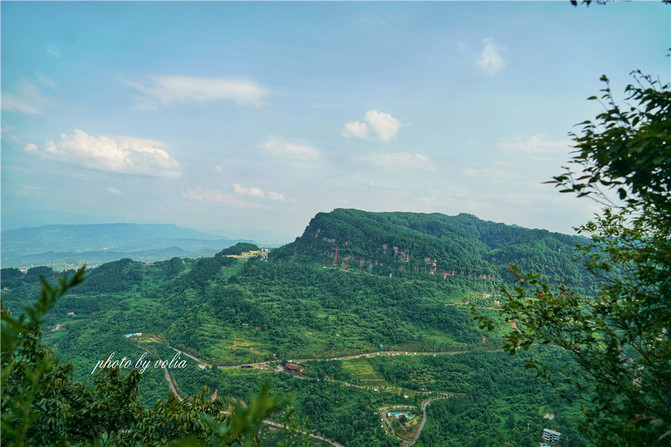
Gujian Mountain has another romantic place, which is Gujian Mountain Tent Camping Site.


The Gujian Mountain National Standard Demonstration Tent Camping Site is a typical mountainous camping site, covering an area of 180 acres and equipped with complete camping facilities.




This camping site has 1 RV yard, 5 specialty tents, 22 fixed tent campsites, 50 free tent campsites, 15 small wooden houses, 3 starry sky houses, 9 constellation bubble houses, as well as a tourist reception center and bathroom, children's play area, barbecue area, etc.

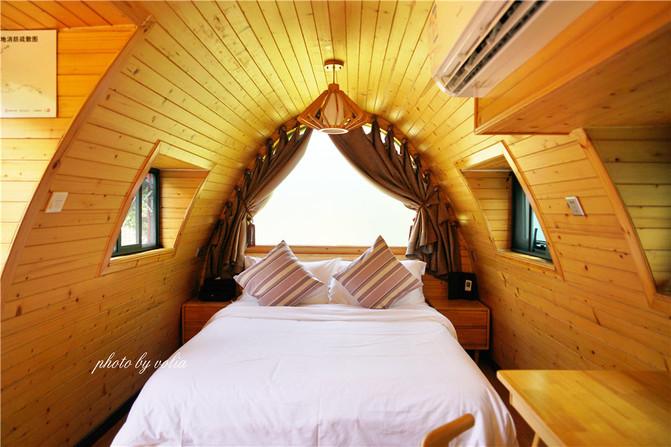

The campsite has complete supporting facilities and comfortable accommodation conditions. Whether it's a RV, a cabin, or a starry sky tent, they will take you to live in a fairy tale story, allowing you and your family to enjoy the slow life of Qijiang.

I really like the starry sky tent here, it's beautiful and romantic, with good privacy, and I can enjoy a secret paradise among the mountains.




Watching the rolling clouds, watching the sparkling river of stars
Listen to the gentle breeze, hear the birds chirping and the fragrance of flowers
In fact, life is short. May flowers remain fragrant and time be safe

Wang Liang was a famous general in the early days of the founding of the Chinese Workers' and Peasants' Red Army, and served as the commander of the Fourth Army of the Red Army. Born on August 5, 1905 in Yongcheng Town, Qijiang District, with the original name of Wang Huaqi, courtesy name Fuliang, and literary name Xingchun. He knows three foreign languages, joined the military at the age of 21, studied at Huangpu Military Academy, and died before his ambitions were realized. His life was brilliant and his military achievements were remarkable.


The former residence of Wang Liang is located in Sanhuaiba, Zhonghua Village, Yongcheng Town, Qijiang District. It was built in 1805 and has a courtyard layout with an area of about 1200 square meters. It has one floor and one bottom, facing east and west, backed by Fengguan Mountain and facing Laoying Mountain. It is a typical Chuandong style building.


The display of Wang Liang's former residence is divided into three parts. The first part is the restoration exhibition of the main building of Wang Liang's former residence in front, which is the living quarters of Wang Liang's family; The second room on the right is the Wang Liang Memorial Hall, which briefly displays the life stories of martyr Wang Liang. The third room on the left is the Red Qijiang Exhibition Room, which provides basic displays of major party history events and important party historical figures in Qijiang.



Wang Liang's former residence introduces the glorious life of this young tiger general through detailed pictures, text, and physical objects.


There is a "Yongcheng Blowing and Beating Exhibition Hall" near Wang Liang's former residence.
Bayu wind and percussion originated from combat. Initially, it was about singing and dancing before and after to make the enemy surrender. Later, it was about playing drums, flutes, and suona horns, which could resound through the mountains and valleys.

Yongcheng Wind and Dance is a folk instrumental music genre in Yongcheng Town, Qijiang District, Chongqing, with a history of over 300 years.
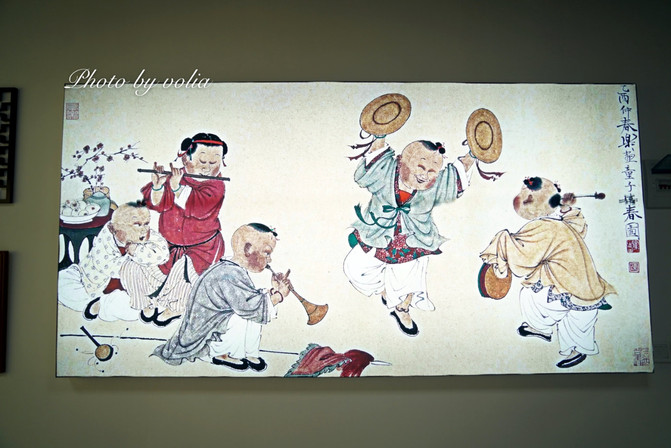
In 2008, Yongcheng Wind and Dance was successfully declared as a national intangible cultural heritage. Have you ever seen a suona that is 4 meters long and has a diameter of 1.8 meters? And it's made of bamboo weaving! Today in Qijiang can be considered a world of enlightenment!

Yongcheng wind and dance is a folk wind and dance music in mountainous rural areas of Chongqing, which has a history of more than 300 years since its introduction from Bayu. Most of the skilled drummers are famous local weavers, carpenters, and painters. In addition to their labor, they make their own suona and gongs and drums, and express their emotions through drumming music.
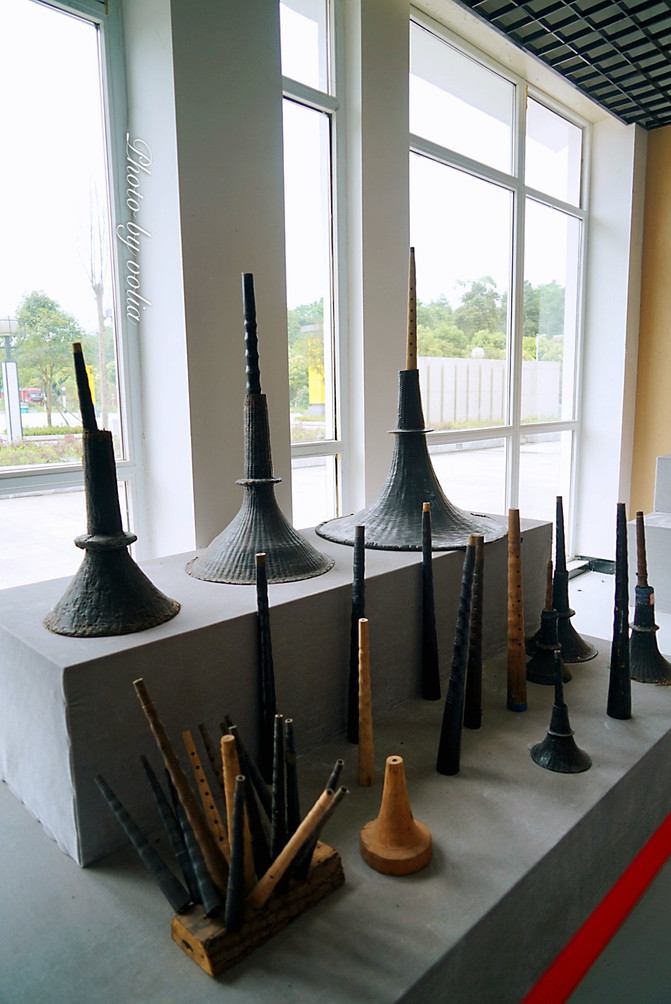

Yongcheng blow fighting has now been passed down, and there are weekly blow fighting classes in Qijiang, where almost all students have mastered this skill.

Speaking of Qijiang, it is a military transportation hub in southern Sichuan. Since ancient times, there has been a saying that goes, "If there is nothing in the world, then it will change; if there is a change in Guizhou, then Qijiang will be attacked first." The only transit point of the Central Red Army during the Long March in Chongqing, Qijiang, provided significant guarantees and support for the Central Red Army to achieve a great turning point, and was an important node for the three main forces of the Red Army to operate in Chongqing. It has left many touching stories, and the red gene has penetrated deep into the blood of this city.
The Long March of the Central Red Army to Qijiang, although only lasted for a short period of just over seven days, was like a transit style interlude, but it had very important strategic significance. The Long March of the Central Red Army to Qijiang created a military situation where the main force of the Red Army was approaching Chongqing, successfully curbing the pressure of the Kuomintang army on the Central Red Army and safeguarding the smooth convening of the Zunyi Conference. At the same time, it also ensured the completion of the Central Military Commission's strategic plan to head north through the Chishui River, and created valuable fighter jets for the four crossings of the Chishui River. Today we pay tribute to the martyrs and retrace the path of the Red Army!

The Red Army Bridge, originally named Lianghekou Bridge, is located at the junction of Xiangshu, Gaoshan, and Zaoni villages in Shihao Town. The bridge was built in the 12th year of the Tongzhi reign of the Qing Dynasty. It is 10 meters high, 3 meters wide, and has a span of 19 meters. It spans two villages, Xiangshu and Gaoshan, and is connected to the bridge deck at both ends by stone stairs. The structure is made of stone and wood, with a gable style blue tile roof and a perforated beam frame, and the original architectural style is still preserved.

Not far from the Red Army Bridge, there is also a Red Army Cave. In memory of the sacrificed Red Army soldiers, the local people renamed "Yougangzui Cave" as "Red Army Cave".

Between 1964 and 1983, the people of Qijiang successively built Red Army martyrs' tombs near Baiguo Village and Shihaochang, gradually relocating the loyal bones of five Red Army martyrs together. In 1991, it underwent renovation and expansion, and became the current Shihao Red Army Martyrs' Cemetery.


The entire martyr's tomb consists of seven major parts: the Long March Poetry Stele, the Martyrs' Cemetery, the Martyrs' Statue, the Martyrs' Memorial Tower, the Inscription Stele Forest, the Exhibition Room, and the Red Army Propaganda Slogan Stele Forest. Remembering the predecessors who built our country for us, reminiscing about the glorious and turbulent years!
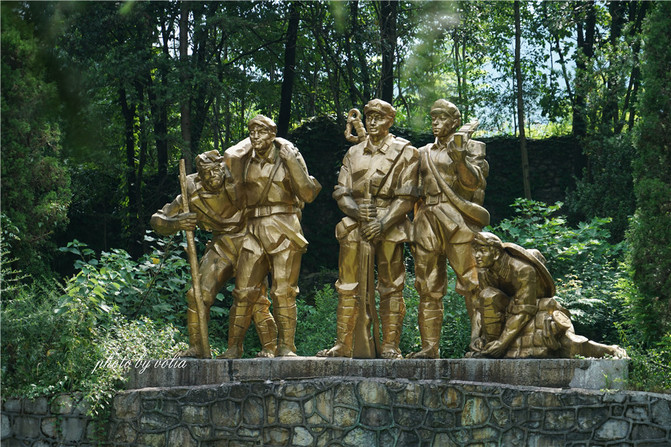

The Qijiang Museum is the only museum in China that features the display of Liao culture, with a building area of 3677 square meters and a total of 5 exhibition halls. It is the best place to learn about the history of Qijiang.

The predecessor of Qijiang Museum was Qijiang Stone Carving Art Museum, which relocated from Shimen Temple in Sanjiao Town, Qijiang in 1997. In 2008, it was expanded on this basis to form a comprehensive museum.

There are many rivers in Qijiang, and there is a river called Qijiang River, which was originally called Boxi, Yelangxi, and Nanjiang. Its water source comes from the highest peak of Shihao Mountain in the southern part of Qijiang. A Qijiang River runs through the north and south of Qijiang. Qijiang was once the favorite place for dinosaurs to live. Archaeologists have discovered many dinosaur footprints and fossils in Qijiang, and these relics are currently preserved in the Qijiang Museum.







There is a thousand year old Dongxi ancient town in Qijiang, where people discovered the Nanpingliao stone tablet from the Song Dynasty. It is now collected in the Qijiang Museum and has become a treasure of the town.

In 2015, more than 30 Thai historians came to Qijiang to recognize the oldest Thai script on the Nanpingliao stone tablet, and thus concluded that the ancestors of Thai people may have lived in Qijiang.

The above picture shows the treasure of the Qijiang Museum - the fossilized sea lily, which is a echinoderm that first appeared in the Early Cambrian and lived in the sea.


Friends who enjoy visiting museums must not miss Qijiang, as it is a free place to visit.
PS: Qijiang Museum is open from Monday to Saturday from 9:00-17:00. You can register your ID card.
In Qijiang, there is an art with a strong Qijiang imprint, and Qijiang is known as the "hometown of Chinese folk culture" because of it. It has also become a business card for Chongqing Municipal Government's external exchanges. It is the Qijiang Farmers' Printmaking, praised by the international art community as the "Oriental Picasso" original ecological art. Qijiang has also been awarded honorary titles such as "Hometown of Farmers' Printmaking" and "Hometown of Modern Chinese Folk Painting".

Qijiang farmers' prints originated in the Ming and Qing dynasties and rose in the 1980s. It is said that they integrate ancient folk crafts such as stone carving, wood carving, clay sculpture, Paper Cuttings, cross stitch embroidery and batik. To learn about Qijiang Farmers' Printmaking, it is best to visit Qijiang Farmers' Printmaking Academy.

The Qijiang Farmers' Printmaking Academy is located on the north side of Jiulong Square in Wenlong Street, Qijiang District, Chongqing. It has a collection of thousands of printmaking works, including award-winning works. The characteristics of printmaking are bright colors, bold and exaggerated shapes, mostly completed by folk artists, reflecting people's longing for the beauty of local life at that time.

It is said that every painting created from a wooden board is not 100% identical, and printmaking has special patterns that other creative methods cannot possess. A work may vary in size, simplicity, and creation time. It is common to spend two months creating a print work.

The original creators of printmaking were farmers, and their themes were largely determined by their daily lives. Therefore, the word "farmers" was added before printmaking. However, nowadays, people who enjoy printmaking can create, and it is no longer limited to farmers.

What can sustain artists' continuous creation is their extreme love for printmaking. Perhaps this is also one of the reasons why Qijiang farmers' printmaking can become world-renowned.

Integrating into nature can cultivate oneself, and appreciating culture can nourish one's character. Qijiang Farmers' Printmaking is such an existence. If you want to get a closer understanding of Qijiang Farmers' Printmaking, you may want to visit Qijiang Farmers' Printmaking Academy.

Beidu Fish
When you arrive in Qijiang, be sure to taste the Qijiang Beidu fish.
Qijiang Beidu Fish was famous in the 1980s and gained a great reputation both domestically and internationally. It comes from the Beidu Ferry crossing of Qijiang River. The method is to shell and scale live fish, burn them in a clay stove, add fresh fish, sprinkle a lot of chili peppers, Sichuan peppercorns, garlic, and some unique seasonings on top of the pot, and then drizzle with secret boiling oil. This way, Beidu fish is fresh, fragrant, numbing, spicy, tender, and refreshing, becoming a famous martial arts dish.


Now we have developed the classic practice of "one fish and four foods", such as spicy fish, tomato fish, pickled Chinese cabbage fish and fish head soup, which has become a famous Chinese dish.

Stable lamb meat
An'an Town, Qijiang District, Chongqing is located in a mountainous area, which is very suitable for the growth of goats. In the long-term process of raising and eating sheep, An'an people have summarized a unique set of cooking techniques for lamb, making An'an lamb famous in all directions and becoming a well-known local dish in Qijiang area. At present, the cooking technique of An'an whole lamb soup has been successfully applied for as intangible cultural heritage.

First, you have to drink a bowl of rich and white soup, then taste the mellow and soft lamb meat, wrap it in dipping sauce, and the taste is satisfying! You can also boil various vegetables. If you still want to eat more mutton dumplings and mutton Rice noodles, they are very comfortable!

An'an Lamb has launched a variety of dishes including clear soup, red soup, braised lamb, fresh lamb, special steaming basket, special grilled lamb chops, braised lamb chops, special grilled lamb slices, special lamb hooves, roasted lamb liver, nutritious Erbao health soup, and more, all of which are popular among diners.


In just three days, I only visited some scenic spots in Qijiang, and there are still many places worth visiting.
Goodbye~! Looking forward to coming back to Qijiang again!
Previous Article:A great place to see mountains and water, take a stroll in the mountain city, and a three-day free tour guide to Chongqing.
Next Article:These over 50000 stone statues are the greatest legend of Chongqing in this world
